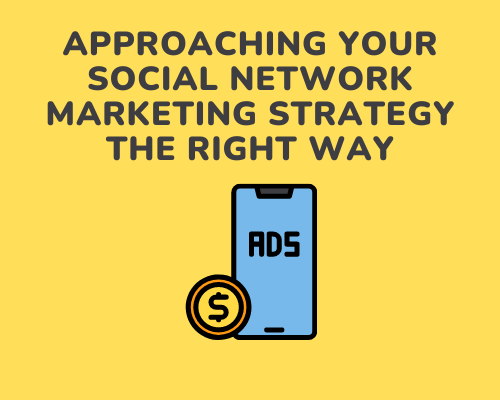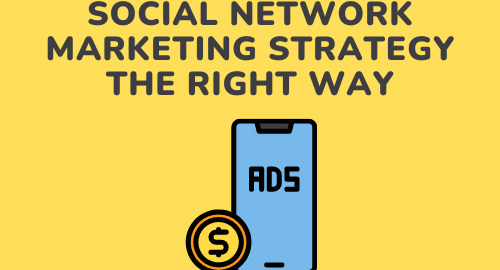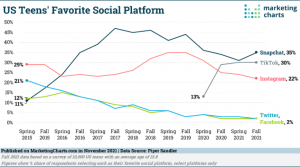
Social network marketing, simply put, is any marketing that takes place on social networks. Needless to say, this is a key tool in every entrepreneur’s arsenal these days. Typically, paid ads are shown to new people who do not know about your brand. So, in a sense it is a form of cold outreach.
Earlier I have talked about a social media posting strategy. That covered the organic aspect of a social network. In this blog, I am going to talk about how to approach the paid aspect of any social network for marketing.
It is important to plan the social media ads properly as it involves spending money. Here are some of the things I advise you to do.
- Setting your objectives clearly: What exactly do you want from running an ad on social media? This is the first question that needs to be answered. Maybe you want to increase awareness about your company. Or you want to grow your email list. Or perhaps you’d like your social media accounts to generate more sales this year. Your objectives will determine your ad strategy and the amount of time and energy you need to devote to your campaigns.
- Know the benchmarks: For marketers, making assumptions about expected costs and results is bad news. Much of the information you need for making a social network marketing plan is already out there. Before you start your campaign, conduct a research to know the typical cost of campaigns on different platforms for your industry. You will also find conversion percentages, which will help you to calculate how many people you need to show the ad to before you start it.
- Know your audience: Before you look at campaigns, figure out who your target audience is and make sure they represent your target market. Your campaign should be directed towards those who are most likely to be interested in what you have to offer. Defining an audience by age, location and interests is the most common way. You can add more granularity by adding filters for income level, education status, job title etc.
- Know the right platform for you: There is a perfect media platform for every business, and it does not have to be the most popular platform. Don’t overstretch yourself or your budget. Instead, concentrate on those social media platforms where your target audience is already active.
- Facebook: Typically used by B2C brands. Facebook has the most comprehensive interest-based targeting available out there. You will be able to create different audience groups easily to get good results. However, it is not considered a good platform for B2B companies who target people based on their job profile.
- Instagram: An extension of Facebook, it gives the same interest-based marketing options. However, the audience on Instagram is younger and prefers eye-catching ads.
- LinkedIn: The only platform out there for targeting by job profile. It is a great platform for B2B companies, allowing them to show ads to people by their company name, job profile, seniority level etc.
- YouTube: YouTube ads demand high production quality to make snappy video ads. If you are able to deliver your message in the first few seconds, then YouTube can be a good option for you to build brand awareness.
- Brand awareness metrics: Reach is the most common metric for this objective. This is the number of unique users who saw your ad.
- Engagement metrics: Likes, video views and clicks to websites are the usual metrics to measure engagement.
- Conversion metrics: Downloads, lead form fills, messages and sales are the conversion metrics to track.
When running paid campaigns, a daily or weekly evaluation is necessary to keep track of the progress of your campaign. These real-time campaign metrics allow you to make small tweaks to your social media marketing strategy rather than making massive, time-consuming changes in one go. You can use various tools to analyze and measure the progress of your ongoing campaign to keep track of its progress. But in my opinion, the in-built analysis tools for each platform are usually sufficient.
There’s no doubt that a lot of marketing on social networks is a learning process. But having a sharp focused view of your digital activity can help you put things in a strategic plan. Start with a small budget, but allow sufficient time for the campaign to run before evaluating the results. Once you are confident that your ad works, then you can scale it up to derive its benefits.
Digital & Social Articles on Business 2 Community
(51)







